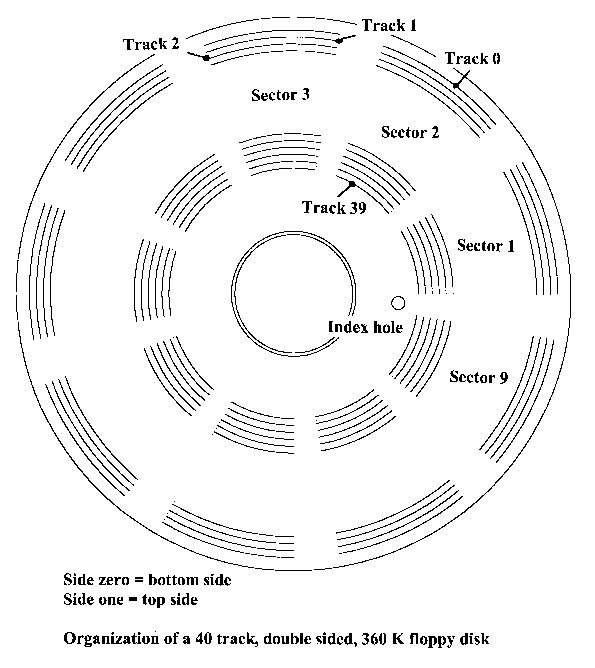

You simply took out all the clock pulses except the ones between two 0-bits, and sent the data twice as fast. Without them the controller could get lost after a long string of 0-bits (no pulses).īut someone figured out that 1-bits could serve as clock pulses (for locking on to the rate), allowing some clock pulses to be eliminated so the bits could be sent closer together. The motors spinning the disks weren’t guaranteed to be going exactly the right speed, so the clock pulses allowed the controller to adjust to the actual rate. The clock pulses were sent to keep the disk controller “locked on” to the data stream. For the 8” disk, all times were cut in half. The data pulse, if present, would follow 4 microseconds later, halfway between the clock pulses. At the 125 kbps rate of 5” floppy disks, the clock pulse would occur every 8 microseconds. This was followed by a data pulse for 1-bit, or no pulse for a 0-bit. First there was a “clock” pulse, which indicated a data bit was coming. The way the stream of bits was stored on a floppy disk was very simple. And the 5” disks had exactly half the data rate, 125,000 bits per second, vs. Those 5” disks would spin at 300 RPM (5 revolutions per second), a little slower than the 360 RPM (6 revolutions per second) of 8” disks. As far as I know this format was unique to North Star, and the rest of the industry evolved to use 40 tracks on the 5” disk with soft sectors. The disks were “hard-sectored”, with 11 holes punched into them (10 for the sectors and an extra for the index). The North Star system used 5” disks with 35 tracks of 10 sectors of 256 bytes, for a total capacity of 89,600 bytes. The sector start could only be determined by reading from the disk. This means the disk was “soft-sectored”: there were no physical indications of sector boundaries.


A single small hole was punched into the disk near the hub as the “index”, or starting point of each revolution. The 8” disk came first, introduced by IBM with 77 tracks of 26 sectors, each storing 128 bytes of data, for a total capacity of 256,256 bytes. We used North Star, Cromemco, and Tarbell floppy disk controllers, and later designed a floppy disk controller of our own (the “Disk Master”).įloppy disks came in two sizes, which we called 5” and 8” (but the 5” was really 5.25”). Seattle Computer Products adapted DOS to an array of floppy disk systems.


 0 kommentar(er)
0 kommentar(er)
